Pet Adoptions Often Come with Challenges
Often shelters don’t relay correct information to families looking to adopt pets. Holly, adopted by Annette Manlief, is much larger than expected.
May 12, 2021
Pet adoptions during the pandemic year hit an all time high. This could have been due to animal shelter commercials pulling at people’s heart strings, or maybe it was just boredom and families thought a new pet would help with all the additional time spent at home. Some families turned to animal shelters to the new addition to the family, while others worked with breeders. Regardless of the path taken, no adoption comes with a seamless introduction into a new home, but for many families, it’s an extremely rewarding process.
Annette Manlief, English teacher at Great Crossing High School, has gone through the shelter adoption process multiple times. Although it has been positive overall, it has also been frustrating at times. Sometimes a shelter may tell families looking to adopt a pet one thing about a pet’s background, but that information may not always be accurate.
Manlief experienced this in regards to the size of the two dogs her family adopted. “Our dog, Rocket, a rat terrier, was labeled cat friendly, dog friendly, and kid friendly. None of those labels were correct.” Manlief and her family quickly realized that Rocket would have some trouble adjusting to their home that had both children and other pets.
“At 12 lbs of pure attitude and craziness, he chased my 16 year old cat away as the sweet boy was trying to welcome him into the home, bit neighborhood kids, and went berserk over other dogs being walked. It was an absolute nightmare,” said Manlief. We aren’t the type of people who give up a pet; we just aren’t. When a pet is brought into our home, it’s brought there for the duration of its life. That means we work with what we get. — Annette Manlief
Manlief had been a pet owner and lover her whole life, and the possibility of having to return Rocket to the shelter was too much to bear. She decided to take control of Rocket’s bad behavior. “We buckled down, trained him on our own to love his feline siblings, hired an in-home dog trainer once a week, and continued to walk him every day to get exposure to other dogs.”
Manlief and her family were yet again misinformed about another dog they adopted shortly after they got Rocket. They expected their new dog, Holly, to be a small lap-dog, but she ended up growing into a much larger dog.
The shelter told Manlief and her husband that Holly would be approximately 17 pounds as a full grown dog. However, the dog is now 5 months old and weighs in at 25 pounds. So once again Manlief had to adjust her expectations. “We aren’t the type of people who give up a pet; we just aren’t. When a pet is brought into our home, it’s brought there for the duration of its life. That means we work with what we get. So, our family has just had to adjust to the idea that this puppy, which my vet says will top out at 34 lbs, is going to be twice the size we anticipated,” said Manlief.
Private breeder adoptions are often looked at as the easy way to bring a new furry friend into your home, but it’s not always as easy as it looks. These animals live their whole lives up until the adoption point getting attached to their littermates and the people who own them. That makes them extremely upset when they’re brought into a new family and oftentimes leads to separation anxiety.
Eleventh grade student, Jake Caudill, recently went through this process with a Goldendoodle puppy, Molly, and his family has had many struggles with the puppies attachment issues. These issues showed up while crate training at night. She would scream, bark, and cry all night until Jake or his mom would come spend time with her. “She was so hard to crate train because she wasn’t used to being alone. That made it impossible for my mom and I to sleep at night,” said Jake.
Now that Molly is out of the crate training stage, she’s an energetic, snuggly ball of love. As she continued to grow and mature, she has become extremely independent. Jake said that, “During school days, she tends to be home alone for seven hours and has no accidents. She has never shown any signs of violence or aggression. She’s all anyone could hope for in a pet.”
A new pet could mean a new best friend, a playmate, or even a comforting snuggle buddy after a hard day. It takes time, but it’s well worth it in the long run. Manlief said in regards to Rocket, “After four years, he is truly a beloved member of our family. But it was work. A lot of work.”


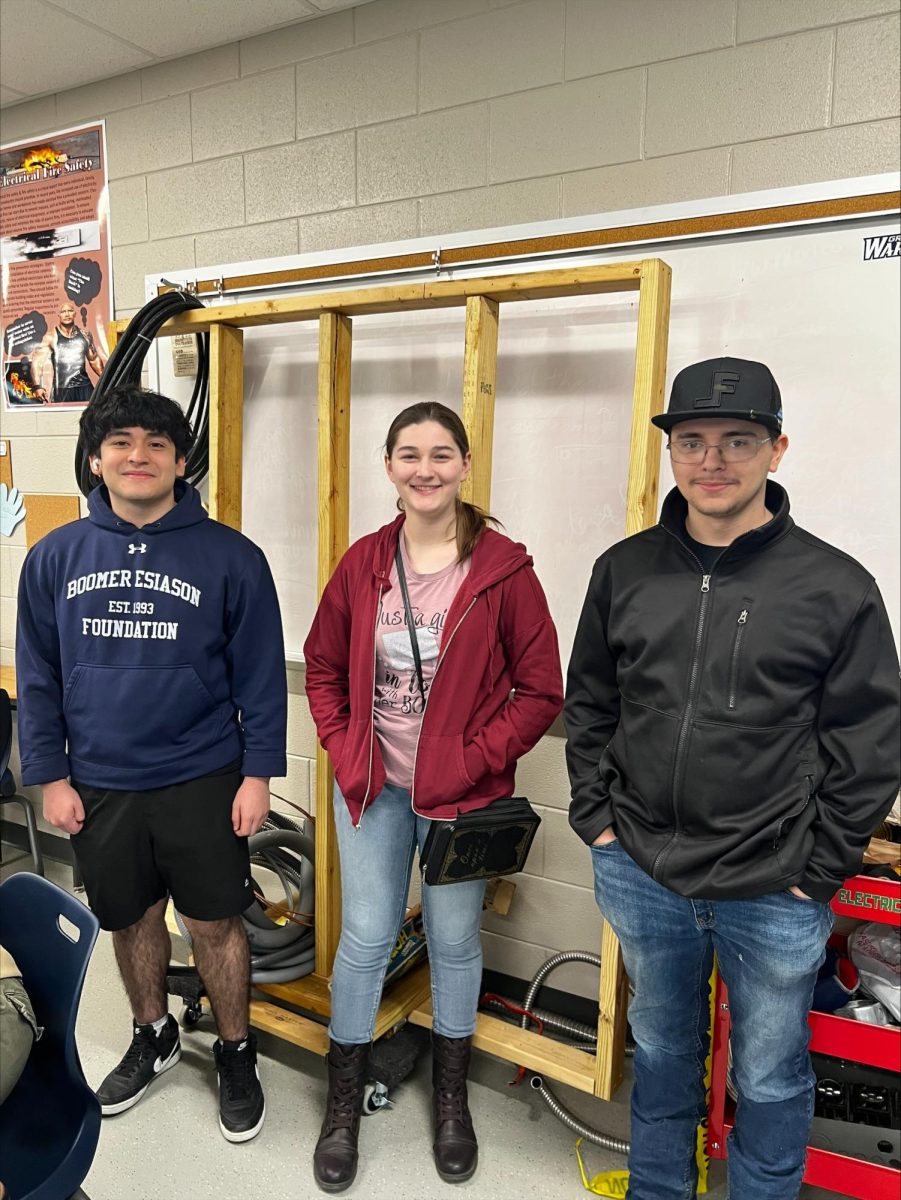




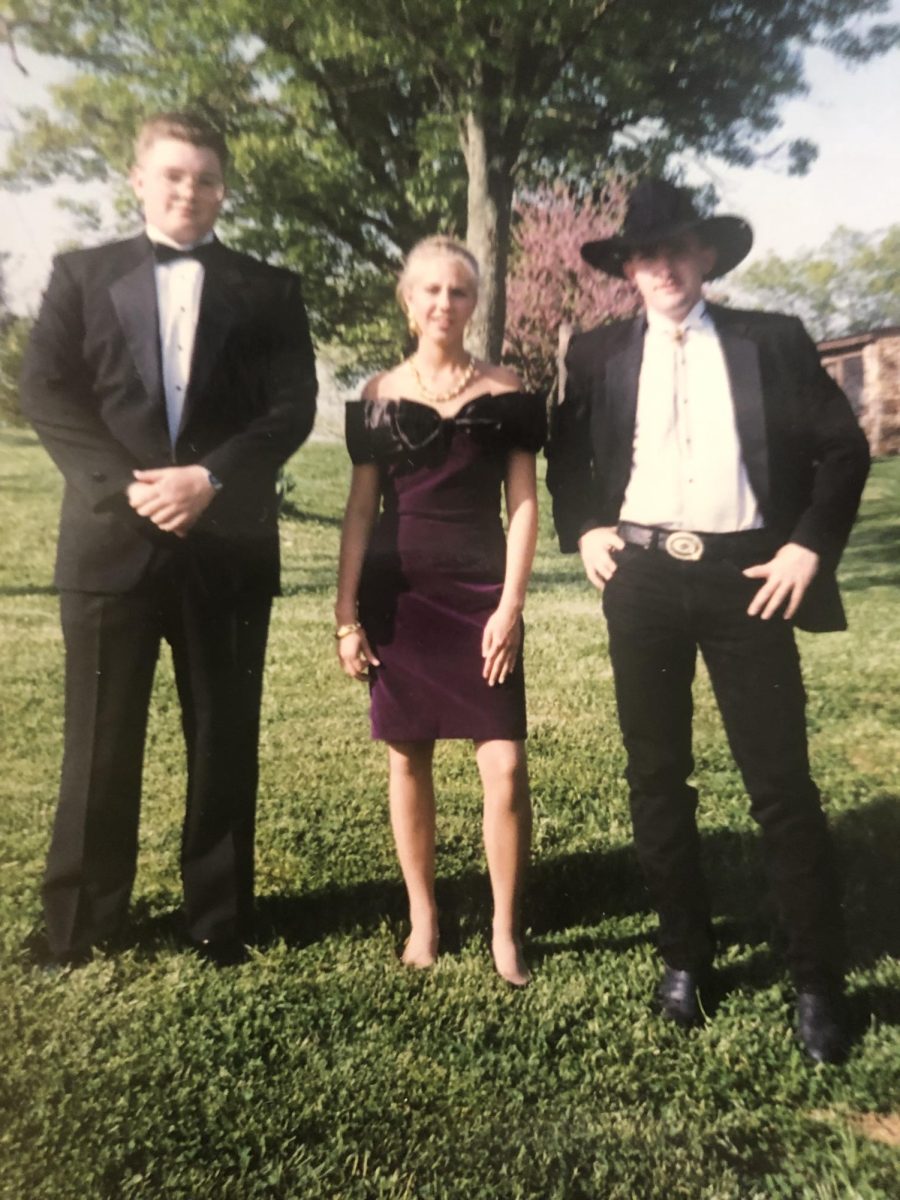




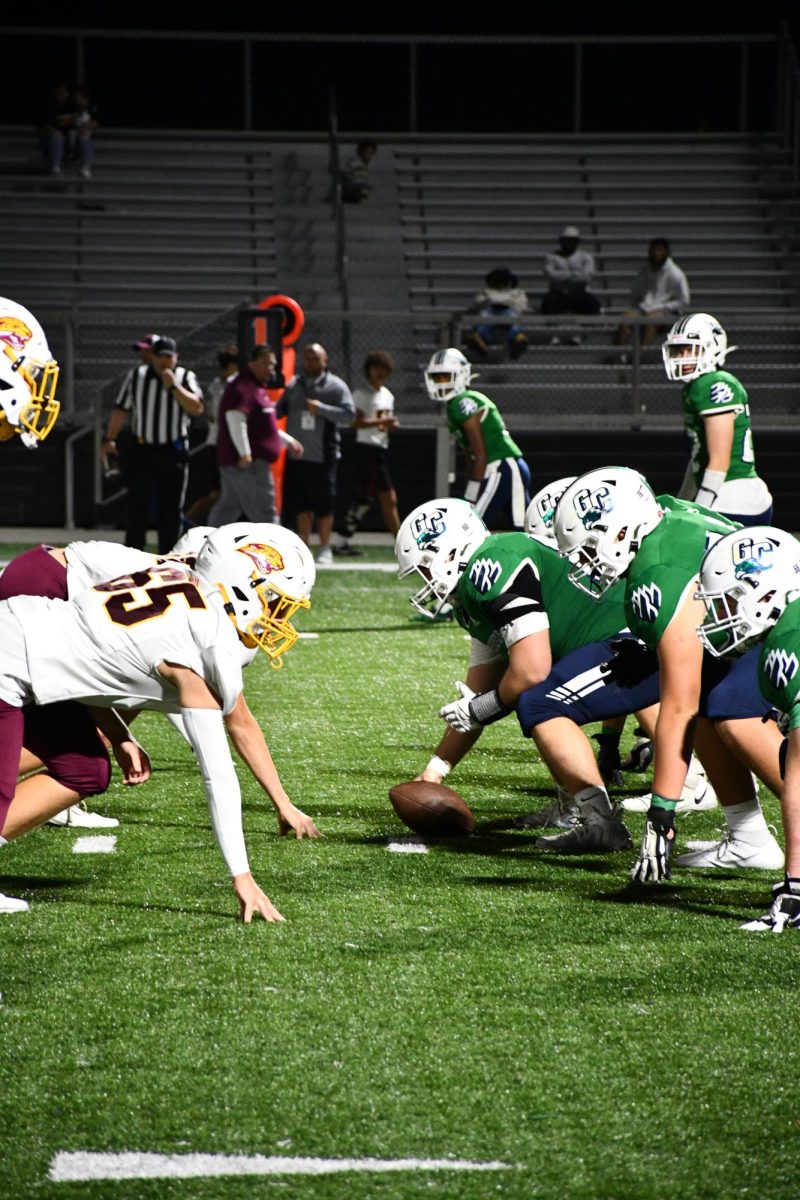
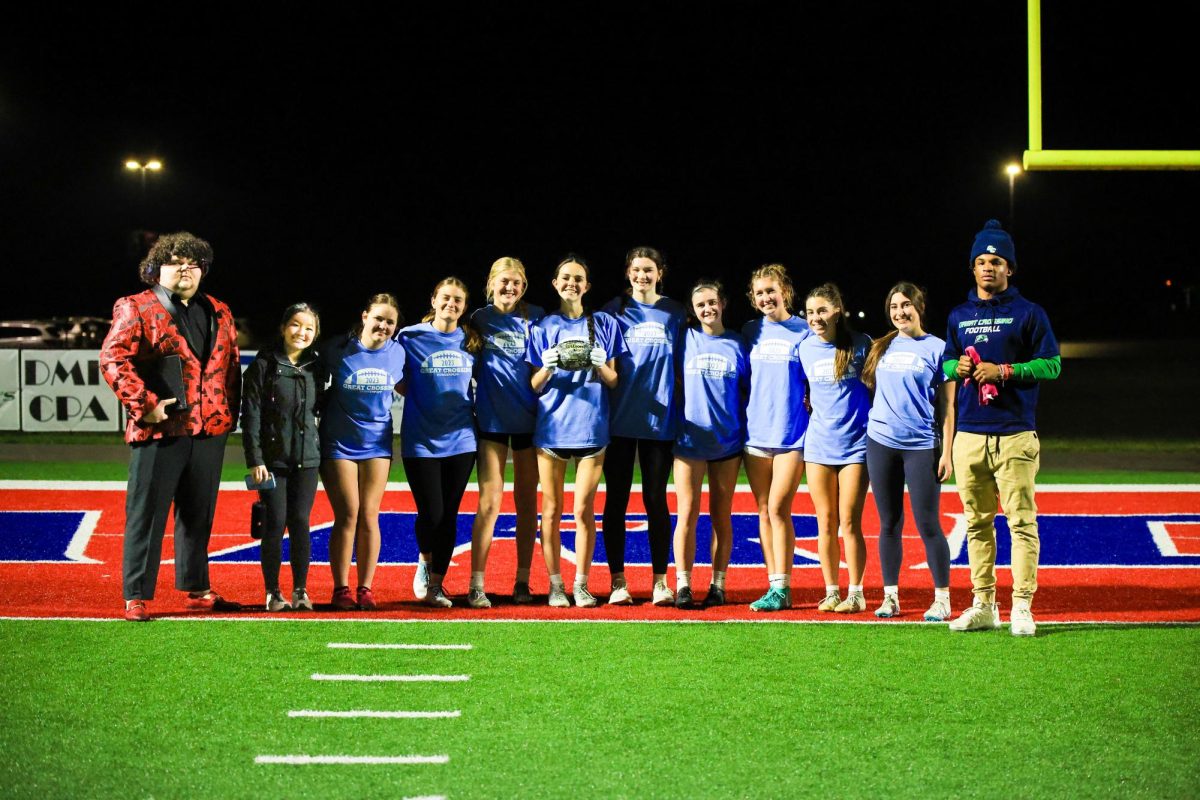





























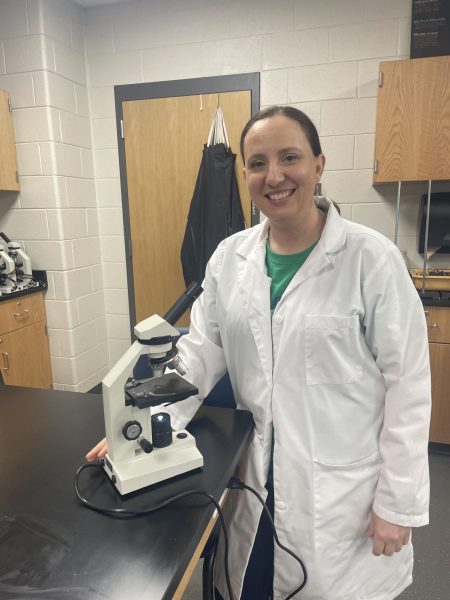

Alexis Stafford • Oct 15, 2021 at 8:23 am
This is great!! I think all animals should be able to be apart of families. Pets are a good way to get through things.
Ryan King • May 17, 2021 at 1:48 pm
We adopted a German Shepherd (Rocky) that was born into Covid-19 quarantine. He had not been around too many other people or dogs. It took a lot of daily walks and socialization, but 6 months later and he’s now much more well behaved. He really helped keep us positive and active during the periods of all virtual learning! Great article!
Rose Seivers • May 14, 2021 at 11:37 am
Amazing, Maddie! Very interesting and well thought out.